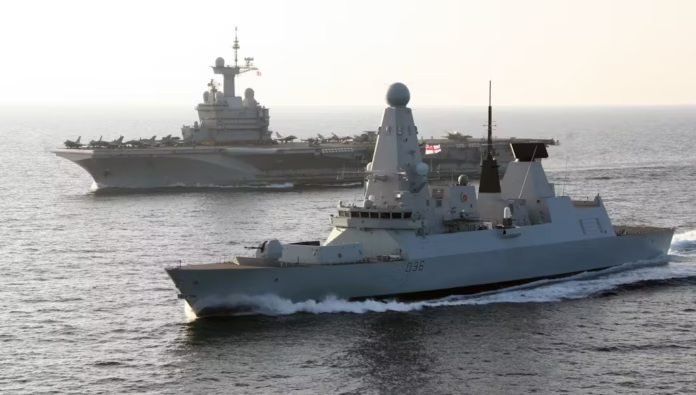By Emma Salisbury*
The European continent is consumed with local geopolitical problems, with Ukraine fighting an existential war for its future and Russia’s aggression knowing few bounds. Academics and experts at home and abroad often argue that North Atlantic Treaty Organisation (NATO) allies in Europe should focus on their own troubles and ‘stay out of Asia’. And yet, European countries’ navies are not remaining solely in their own backyard. Nor should they; that is not how maritime power works, Britain’s World reports.


